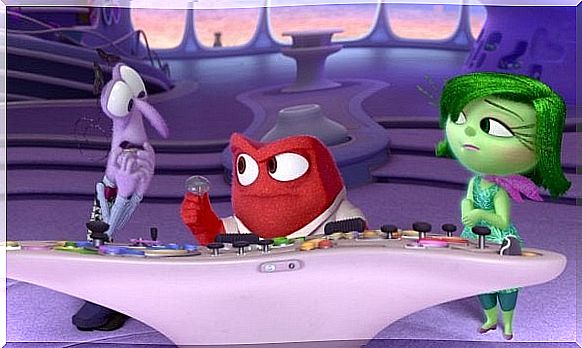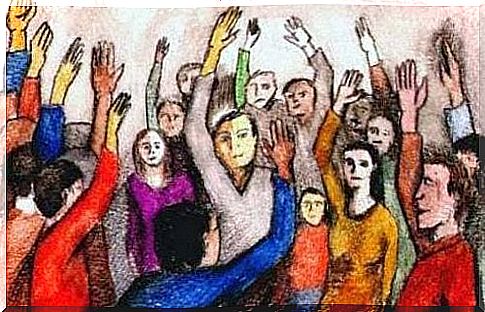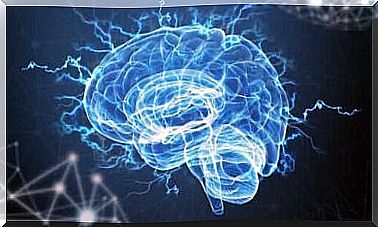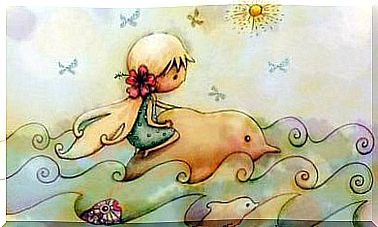Some Emotions Can Make Us Violent

Emotions always precede behavior. They initiate psychological triggers and mental structures that help us connect memories. But most importantly, emotions act as a motivating element for human behavior. Among other things, this may be the reason why we become violent.
Emotions help you behave in many different ways. They can even lead to violent behavior. To clarify, a combination of emotions can help us use violence, but the emotions themselves do not make us violent.
We usually understand a feeling as a psychopsychological reaction that people experience individually. But thanks to empathy, our emotions are contagious. We can make others feel the same way.
This also happens at the group level. A group of people may feel the same feeling. They may feel guilty or angry with another group. From this point, we start by understanding the emotions that make people violent.
The ANCODI hypothesis of emotions that make us violent
The ANCODI hypothesis is named after the English words for three emotions: anger (remorse), contempt, and disgust. The hypothesis is that these three emotions are the ones that contribute to people making use of violence. Hostility and violence are the result of hatred and anger.
Humans use narratives to disperse emotions. Stories can be a way for them to turn into group feelings. An example of this is hate speech against minority groups or groups that are considered a rival or enemy.

The ANCODI hypothesis suggests that past events or historical narratives promote indignation, which is thus the cause of anger. The group reevaluates these events from a point of view that is morally superior and that insinuates the moral inferiority of another group.
This in turn leads to contempt and scorn. They see the other group as separate from them and as someone who deserves to be avoided and rejected. Under extreme conditions, this leads to the idea of eliminating a group completely. The emotions that lead to anger follow a three-phase process, which we will describe below.
Outrage based on anger
The first phase is the anger phase. Anger is a feeling that we express through bitterness and irritability. You can see the outward manifestation of anger in facial expressions, body language and psychological reactions. In certain situations, people express anger with public acts of aggression.
To begin with, certain incidents help to create a sense of injustice. These incidents make people look for a guilty party, whether it is an individual or a group. In these cases, people are convinced that the guilty party is a threat to the well-being of “our” groups or “our” way of life. These interpretations are loaded with anger, which is targeted at the guilty party.
Moral superiority based on contempt
In the second phase, we have added contempt to the mix. Contempt is an intense feeling of lack of respect or recognition and disgust. Contempt means denying and humiliating others. It also involves questioning the ability and moral integrity of the “other”.
The feeling of contempt for another person or group means that one feels a moral superiority. People who feel contempt for others look down on them. They think the others are unworthy.
The groups reinterpret the situations and events that were identified in the first stage. They judge from past events from a morally superior position. This means that they believe the “guilty” group is morally inferior. It thus leads to a feeling of contempt for that group.

Exclusion based on disgust
In the last phase, disgust comes into play. The belief in contamination and disease is the cause of this basic, basic feeling. It is universal not only in its way of clarifying signs but also in its cause. Similar things are causing disgust all over the world, such as decay. Disgust is a moral emotion that we often use to cheapen beliefs and moral behavior.
In this phase, people can once again evaluate events and come to a conclusion. The conclusion is simple: we will have to distance ourselves from the guilty group. Another option, which is more violent, is the idea that the group should be cleared of the way. But this is the extreme conclusion. In these cases, people spread beliefs using the feeling of disgust.
As you can see, the combination of these three emotions can have catastrophic consequences. The emotions that make us violent are based on a distorted perception and involve horrific consequences and – in extreme cases – hostile behavior. Therefore, it is extremely important to practice emotional intelligence.









